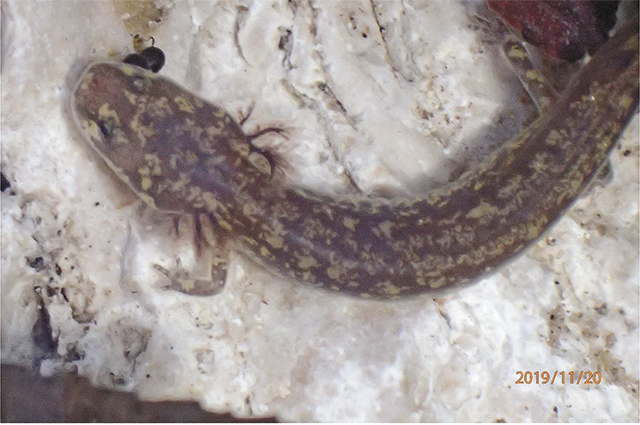By Tim Fleischer
Editor-in-Chief
“It’s not a matter of ‘if,’” Bell County Judge David Blackburn said last week, “it’s a matter of when they are found and what the impact will be when they are found.”
Judge Blackburn was talking about what he calls “creepy crawlies.” These aren’t the cute teddy bears or the American Eagle or other species that have been saved from extinction.

Instead they are the cave spiders, fresh water mussels and other threatened or endangered species that are the kind that can delay or prevent major infrastructure projects.
“Private development also has a huge stake in this,” Judge Blackburn said at the 21st annual Bell County Water Symposium Nov. 16 at the Bell County Expo Center. “They can get shut down by the feds just as quickly as TXDOT.”
Bell County, working with a dozen other regional and local governing entities, learned recently that its request for $1 million to fund the development of a Regional Habitat Conservation Plan (HCP) for Bell and Coryell Counties.
An HCP is a planning document required for an Incidental Take Permit (ITP) under Section 10(a)(2)(A) of the Endangered Species Act (ESA).
The BelCor HCP, as it is monikered, will be developed through the collaborative effort of 13 entities: Bell County, Coryell County, Clearwater Underground Water Conservation District, Brazos River Authority, Killeen, Temple, Copperas Cove, Harker Heights, Belton, Gatesville, Village of Salado, Middle Trinity Groundwater Conservation District and Killeen -Temple Metropolitan Planning Organization (MPO).
An HCP that is based upon “trusted science and stakeholder involvement” will help the entities involved as well as private development in “protecting these endangered and threatened species while allowing room for responsible growth.”
“This area is growing,” Judge Blackburn said. Bell County population grew by almost 20% over the last decade from 310,000 to 370,000.
Houses in Bell County are on the market for an average of 20 days with 555 houses selling in September 2022 alone.
Blackburn told the audience that Copperas Cove is expected to grow by 18% by 2030, adding 7,000 people.
Killeen ISD is expected to add 4,600 students by 2028.
In neighboring Williamson County, there are more than 14,000 residences or apartments that are under construction or approved for construction.
On this cusp of growth, the area has come under the scrutiny of USFWS in terms of potential threats to endangered and threatened species.
Bell County was informed in 2021 that it is a “county of interest” to the US Fish and Wildlife Service for these Karstic invertebrates, tiny creatures that spend their entire lives underground.
Judge Blackburn told the audience that Fort Hood maintains its own Endangered Species Management Plan (published in March 2001) for endangered and threatened species on its 214,968-acre military installation. The plan is a 166-page document.
“Fort Hood has been living with and protecting those species for years now,” Judge Blackburn said.
Work on developing the BelCor HCP will begin in January and is expected to take three-and-a-half years to complete. With an HCP in place, non-federal entities, including private entities, can obtain an ITP. The HCP describes how take of endangered or threatened species will be minimized in the region.
“Having the HCP in place is one way of protecting those species,” Judge Blackburn said.
The judge was asked by a citizen when Bell County would reach a point that it limits growth.
Judge Blackburn responded that in his three decades working in municipal and regional government (he was City Manager in both Temple and Killeen before retiring and being elected County Judge), he has seen “only two things happen for communities and economies: they either grow or they die. The idea of maintaining exactly what you have …. that is a mythical place.”
“The trick is to manage growth,” he said. “An HCP is one tool to use to do that.”